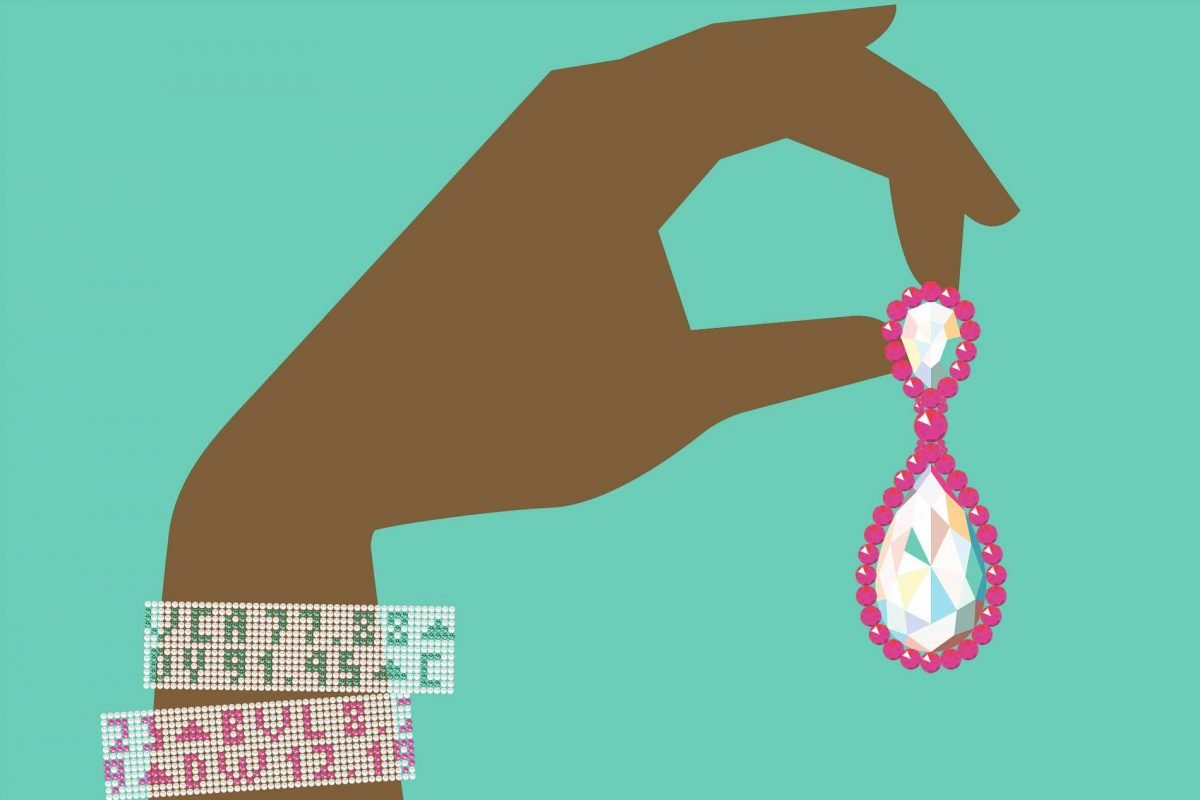With Mother’s Day brunches, graduation celebrations and peak wedding season just around the corner, there’s no better time to give your loved ones a gift that keeps on giving. Bestowing that special someone with high-end investment jewelry is certain to make a big impression in the moment — and for decades to come.
Such investment pieces appreciate in value over time, explains Randi Udell Alper, vice president of London Jewelers — creating a win-win for the gift-giver and the lucky recipient. “The giver gets joy knowing it’s something the recipient will cherish, and the jewel will hold its value.”
And with investment-grade jewelry available at a variety of price points, it’s easy to find something to commemorate any occasion, she says, noting that a college graduate might fancy a bracelet from Cartier or a necklace from Van Cleef & Arpels. “These are things you can hand down to the next generation, and they don’t lose their value. They are timeless classics.”
Whether you’re buying those classics as a gift — or to treat yourself — Udell Alper suggests going with “signed” jewelry: pieces crafted and marked with the name of their design houses, like renowned makers Cartier, Van Cleef & Arpels, Bulgari or David Webb, among others. Over time, such treasures appreciate, and can even skyrocket in value.
Kendall Reed, head of fine jewels and global online auctions at Sotheby’s, says crucial factors in classifying investment-grade jewelry include the maker, the era, the workmanship and the materials — with a specific emphasis on the rarity of precious stones. For instance, a dazzler featuring a Burmese ruby or a sapphire from Kashmir — two stones that are considered rarer than diamonds of the same size — would fit the bill. Similarly, any piece with substantial diamonds or colored diamonds will also appreciate in value.
“A [gold] ‘Love’ bracelet from Cartier is a wonderful piece of jewelry to own, but it is not rare,” Reed explains. “However, Cartier’s ‘Tutti Frutti’ bracelet is going to increase in value over time,” she says, referring to the far rarer Art Deco style, which boasts an explosion of emeralds, rubies, sapphires and diamonds and can take an extravagant amount of hours to craft.
Sotheby’s sold a “Tutti Frutti” bracelet in 2002 for around $400,000, Reed notes. “We sold the same bracelet for almost a million dollars in 2016.”
And although unsigned jewelry also has the potential to score big, pieces with a signature from a master design house tend to fare better, she adds. “Be smart about what you’re buying.”
To build your own collection, Reed recommends beginning with staples like a pair of diamond stud earrings, a cocktail ring, an everyday gold necklace, a jewelry watch or a casual bracelet. Build toward a statement necklace or a knockout pair of earrings for evening — “something you can wear [as a stand-alone piece] and people go ‘wow.’ ”
But perhaps the most important rule, Reed tells Alexa, is to buy pieces that you actually want to wear. “We don’t want clients to buy something, put it in a drawer for 50 years, and then pull it out to see if it’s increased in value,” she says. “Jewelry is meant to be worn and loved.”
Advisors at London Jewelers, which offers more than 70 jewelry brands, frequently assist clients in matching new investment pieces with jewelry they already have, providing guidance on how to wear their new additions.
“We steer everyone in the right direction to build a collection,” says Udell Alper. “Clothes and bags come and go, but timeless, classic pieces never go out of style.”
Source: Read Full Article


